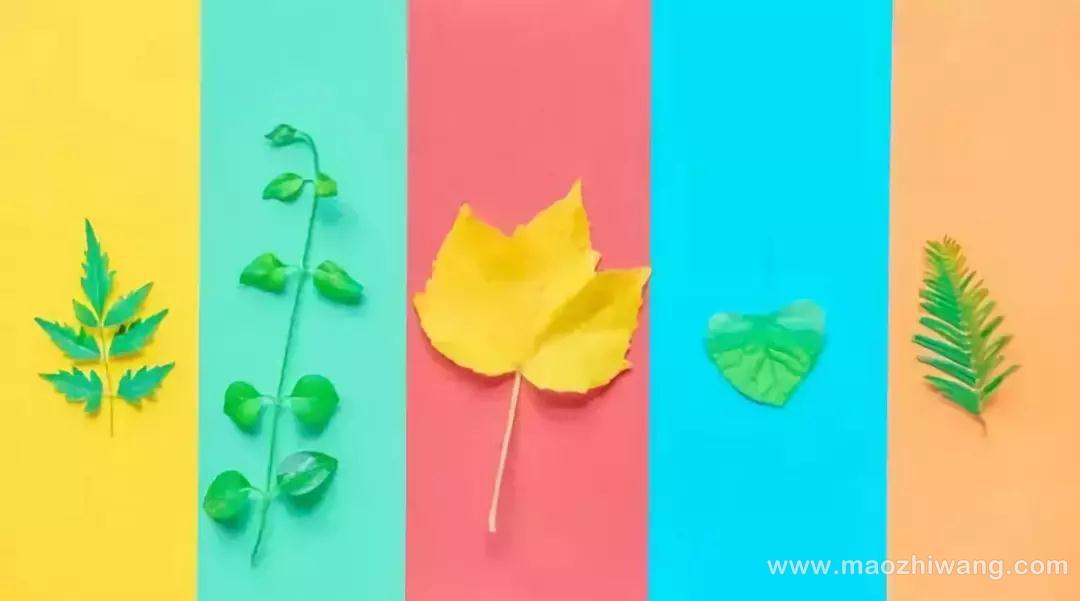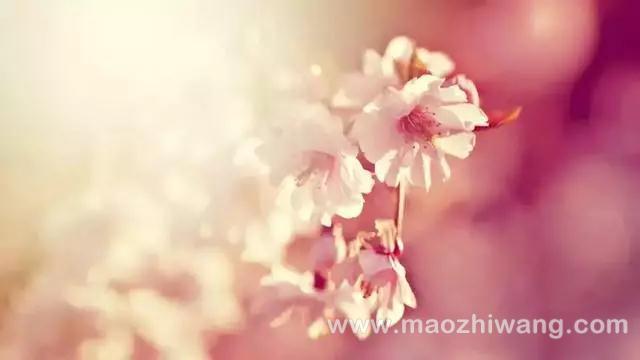Dye processing technology development process
There are many varieties of dyes, but in terms of the physical form of the products, they can be divided into solid, liquid and slurry. Can be further divided into:
Solid dyes—-powder, granules, dust-free powder, block, flake, short column; liquid dyes—water-soluble liquids, dispersions; pulp dyes—solid/liquid mixtures.
Dyes are organic compounds, often in the presence of liquids to complete the chemical reaction, so the world's first synthetic dyes are first sold in liquid form, of course, the initial dye quality is far from the current ratio, can only be considered The original form of liquid dyes today. At that time, about 20% of the products were liquid, and these liquid dyes were mainly vat dyes and mordant dyes.
By 1923, the British first added the selected auxiliaries to the original dye and pulverized to form a dispersion of an insoluble disperse dye aqueous solution. By 1910, most of the dyes were removed and processed into fine powder of a certain size.
According to the literature in 1924, about 80% of the dyes were processed into fine powders, and the vat dyes were made into powdery dyes with a wide particle size distribution ranging from very fine to 50um. However, the initial powdery dyes have the disadvantages of severe dust flying and poor wettability.
After 1930, the dye of the dispersion type was further developed, but there were still disadvantages in that the dye was easily precipitated and the storage stability was poor.

Nowadays, the liquid dyes have been improved in various properties after optimized processing, and the storage time can be reduced to more than half a year. The liquid dyes are continuously developed with low processing cost and convenient use.
Since 1950, the emergence of sand mills has promoted the development of post-treatment technology. Wet grinding with a sand mill can obtain particles with finer particle size and narrower distribution. The processing formula was improved, and the basic particles of the dye reached about 1 um. The quality of the products produced by the new process and new equipment was significantly improved, and the processing of the water-insoluble dyes made great progress.
With the advancement of chemical machinery and chemical equipment, granular dyes have begun to appear. The granular dye has an apparent particle size of 100~300um. It has hollow particles and solid particles. Its fluidity, wettability and dispersibility are better than powder dyes, and it overcomes the shortcomings of powdery dye dust. The emergence of a dosage form was immediately welcomed by the production and application sectors, and many dyes are now processed into granular products.
Dye processing
The research content of dye processing technology mainly includes the determination and processing of raw dyes, the research of processing aid properties, the design and selection of processing equipment and the research of processing technology.
If the post-processing technique is complicated, it is mainly because its regularity is not strong, its personality is many, and its commonality is small. It is difficult to sum up the quantitative law. Therefore, people say that dye processing technology is a combination of science, technology and experience.
First, dye processing has the following characteristics
1There are many varieties to be processed, because the dyes are fine chemical products, the general production tonnage is not large, the variety is many, the processing methods are different, so the process and equipment are quite complicated;
2 The dye factory needs to adjust the dosage form or change the variety according to the market conditions, and the processing equipment should have certain adaptability. The production equipment is multi-functional and has strong maneuverability;
3 high technical content, post-processing includes many aspects, but also involves a lot of professional knowledge, there are both physical and chemical changes in the process, many factors are interrelated and mutually restrictive;
4 product quality requirements are high, commercial dyes have a number of economic and technical indicators, some have developed national standards, production conditions are harsh, requires stable operation, operators should have higher quality and a strong sense of responsibility.

Second, dye processing involves several aspects
2.1 Analysis of raw dyes
The analysis of the raw dye referred to herein means testing and analyzing the physical and chemical properties of the original dye for the purpose of dye processing. After years of research, it is found that post-treatment is not a simple physical process. Before the dye processing, firstly, many indicators such as strength, color light, hydrophilicity, crystal form, energy level and impurity content of the original dye should be analyzed. Provide reasonable data to provide basic data.
After the dye is synthesized, the original dye cake is provided by the liquid-solid separation to the post-treatment workshop, and the raw dye is first tested after receiving the filter cake.
Different dye varieties, different synthetic processes, even different manufacturers of the same variety, different production batches of the same manufacturer, product quality may have some differences, each batch of dyes must be fully measured, the only way to develop a set The correct processing method.
2.2 Processing aids
The so-called dye processing aid is added during the post-processing of the dye to help improve the performance of specific dyes (such as dispersibility, thermal stability, dust resistance, anti-coagulation, solubilization, etc.) or to improve Properties (such as leveling, dyeing, deepening, etc.) and properties (such as fixation, softness, etc.) dyed on the fiber, enhance heat resistance, maintain or improve dispersion stability, prevent dye condensation, help A substance that improves the leveling of dyeing.
Commodity processing is inseparable from the auxiliaries, and the processing formula cannot be optimized without understanding the performance of the processing auxiliaries. Proper use of additives can improve dye quality, reduce production costs, and increase the added value of dyes.
In recent years, the additives used in dye processing have been developed to hundreds of species, the largest amount, and the variety of dispersants that play an important role in the processing results are increasing year by year, physical and chemical indicators and economic indicators are also different. For example, lignin dispersing agents can produce a variety of varieties with different molecular weights and different degrees of sulfonation, and the most suitable varieties can be selected according to needs.
For the processing of water-insoluble (dispersion, reduction) dyes, a large number of additives are needed to adjust the strength and other properties. There are many kinds of additives, and the properties exhibited by different dyes are also different. And physical and chemical indicators determine his scope of use. Only by understanding the performance can the correct use, research compatibility of the additives to make the additive play the best role in the formulation is one of the research content of the post-treatment technology.

2.3 Processing equipment
Processing equipment (post-processing equipment) is an important means to complete post-processing operations. Reasonable design and selection of processing equipment are the primary conditions for successful completion of post-processing operations. It can be said that the development of post-processing technology is inseparable from the advancement of equipment.
In other words, the development of equipment is also driving the continuous development of post-processing technology. In dye processing, the use of ultrafiltration and reverse osmosis membranes plays an important role in the desalination of water-soluble dyes and in improving purity. The development and application of ultrafine grinding equipment can reduce the dye particle size to about 1μm. The application of drying technology and equipment is also very extensive. At present, there are many professional manufacturers of drying equipment to carry out research and development of dye drying equipment, and an independent industrial department has been formed. The domestic drying equipment can basically meet the needs of dye drying.
In some literatures, processing equipment is often classified into the category of chemical equipment, which is regarded as a general-purpose equipment for chemical equipment. From the perspective of dyes, it should also be regarded as a special equipment. Due to the characteristics of dye production and commercialization in dye processing, the connection between these factors is very close. There is no special effect in the use of general-purpose equipment. The quality of goods has a strong dependence on equipment to some extent. Targeted design can maximize the potential of the device.
2.4 Processing technology
The processing technology is a method of comprehensive application of the above three parts. Practice has proved that the same raw dyes, auxiliaries and equipment, the results obtained by different processing techniques are completely different, showing the importance of the process conditions. It is not difficult to see from the above description that these four aspects mark the technical level of post-processing.
Many large foreign companies have their own professionals to do research work in this area, and some even engage in post-processing technology development more than synthetic personnel. If the post-processing processing process is reasonable, it can achieve the purpose of reducing production costs, protecting the production environment, and improving product quality.
These four factors are both interconnected and mutually constrained and indispensable. It can be said that the comprehensive application effect of the above four factors is the concrete embodiment of the post-processing technology level.
Desay shoes for mens boots. A wholecut oxford is the most formal of the three shoes. As decorative features are added such as a cap toe or brogue, then it`s going to dial down the formality of the shoe.
Oxfords are formal shoes distinguished by its closed lacing system. What this means is that the two sides of the leather upper that are drawn together by the laces are sewn under the front part of the shoes (vamp).
Black oxfords are pretty much the most formal pair of shoes a man can own, besides opera pumps.
Elastic Boots,Zipper Boots,Ankle Boots,Military Boots
Desay Group CO.,Ltd , https://www.desaygroup.com